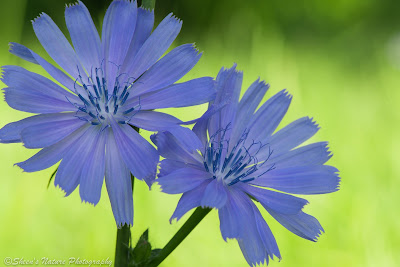In the deep south, folks sip mint juleps on the front porch. The west coast signifies back-to-back cars driving home in thick traffic with sapphire blue views of the Pacific coast. In west Texas' Big country, an evening horse ride under a rose-hued sky can gently close out the day. In the Great Lakes Region, couples sit on the beach staring into periwinkle skies that melt into deep aqua water.
 |
| Softly Fading Sunset on the Leelanau Peninsula on Lake Michigan Nikon 600, 24 - 85mm, ISO 50, 6/10 sec |
The "Golden Hour" hues create magical moments for the photographer. Harnessing the light and color correctly is part artistry and part skill. A photographer who creates amazing magic with light is global photographer Richard Bernabe. His recent image posting from Iceland "Picture yourself in a boat on a river....." on his Facebook page inspired me to buy his book Essential Light: Photography's Lifeblood.
Rich in content along with camera settings used to capture specific images, the Essential Light eBook is filled with facts that we know and facts that we 'forget' in the moment of the shoot.
 |
| Last Flight of the Day....one of my 1st sunset images. ©Sheen's Nature Photography Nikon 5100, 55 - 300mm, ISO 200, f/9, 1/800sec |
Landscape, sunrise and sunset images can be readily captured with the Nikon or Canon lens that's bundled with the camera. For wider angle shots, wide angle lenses reign in big images that can surround the viewer. Both Nikon landscape lenses (as well as Canon wide-angle lenses, other manufacturer's) offer multiple, diverse wide-angle options. My personal next-to-buy item is either the AF-S Zoom-Nikkor 17-35mm f/2.8D IF-ED or the AF-S-NIKKOR-14-24mm2.8G-ED.
Whether you are new or seasoned in photography, a sense of humor in exploring different settings, angles and lenses fosters an open mind to the possibilities you can take from real life to image.
 |
| The Sun's Evening Kiss by ©2013 Sheen's Nature Photography Nikon 600, 24 - 85mm, f/29, 1/10 sec |
Photographers not only chase the light. Photographers practice creating images with the light and the focal points they been given with every press of the shutter. Happy Shooting!










